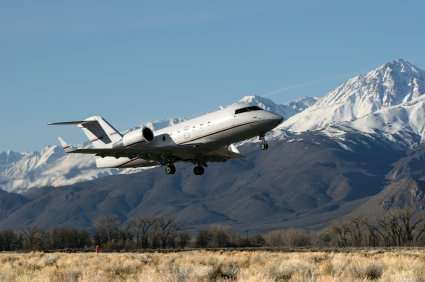Temperature Inversion

Typical Weather Patterns
Inversions can cause various types of weather patterns, including smog. According to the standard lapse rate, the air temperature decreases at a rate of roughly 3.5 degrees Fahrenheit per every 1,000 feet climbed by large or small aircraft flights. When an inversion occurs, temperatures increase with increasing altitude instead. Temperature inversions most commonly occur when a warm air mass moves over a cooler air mass. This occurrence commonly results in dangerous icing conditions on the Earth’s surface.The Earth’s Surface
Inversions can occur on any surface; however, they’re more likely to occur in coastal areas. This happens when the cold water decreases the surface air temperature. The end result is the cooler air mass staying below the warmer ones, creating a temperature inversion. In mountainous regions, cold air usually flows from the mountaintops into the valley beneath. The cold air then nestles itself underneath the warm air of the valley and creates an inversion. Similarly, temperature inversions can occur over snow-covered surfaces. Snow creates a cooler ground temperature and even reflects almost all of the heat coming in.A temperature inversion can be dangerous for both large and small aircraft flights. A temperature inversion is a thin layer of atmosphere where the temperature is much warmer or cooler than it should be.
Typical Weather Patterns
Inversions can cause various types of weather patterns, including smog. According to the standard lapse rate, the air temperature decreases at a rate of roughly 3.5 degrees Fahrenheit per every 1,000 feet climbed by large or small aircraft flights.
When an inversion occurs, temperatures increase with increasing altitude instead. Temperature inversions most commonly occur when a warm air mass moves over a cooler air mass. This occurrence commonly results in dangerous icing conditions on the Earth’s surface.
The Earth’s Surface
Inversions can occur on any surface; however, they’re more likely to occur in coastal areas. This happens when the cold water decreases the surface air temperature. The end result is the cooler air mass staying below the warmer ones, creating a temperature inversion.
In mountainous regions, cold air usually flows from the mountaintops into the valley beneath. The cold air then nestles itself underneath the warm air of the valley and creates an inversion. Similarly, temperature inversions can occur over snow-covered surfaces. Snow creates a cooler ground temperature and even reflects almost all of the heat coming in.








